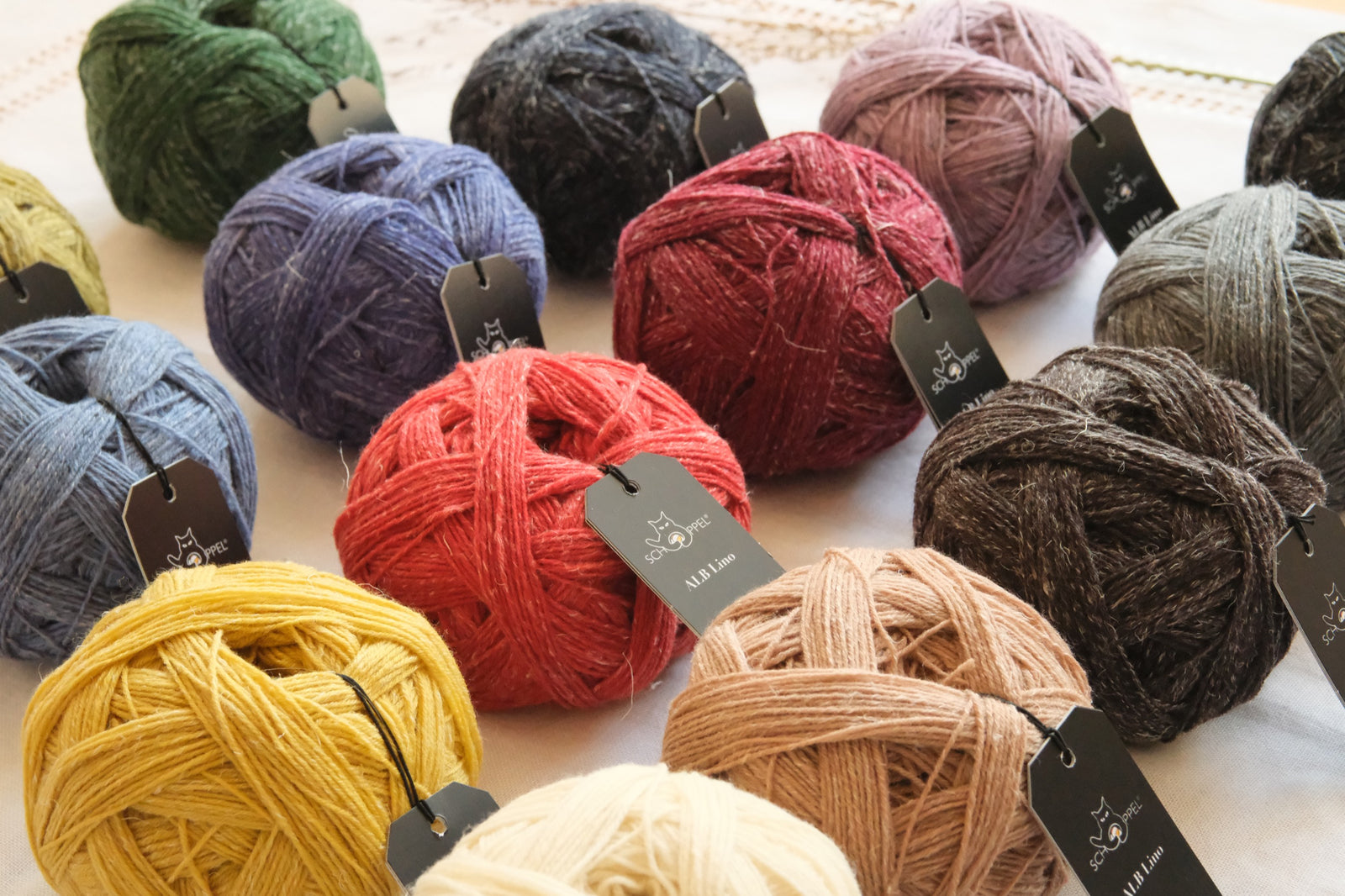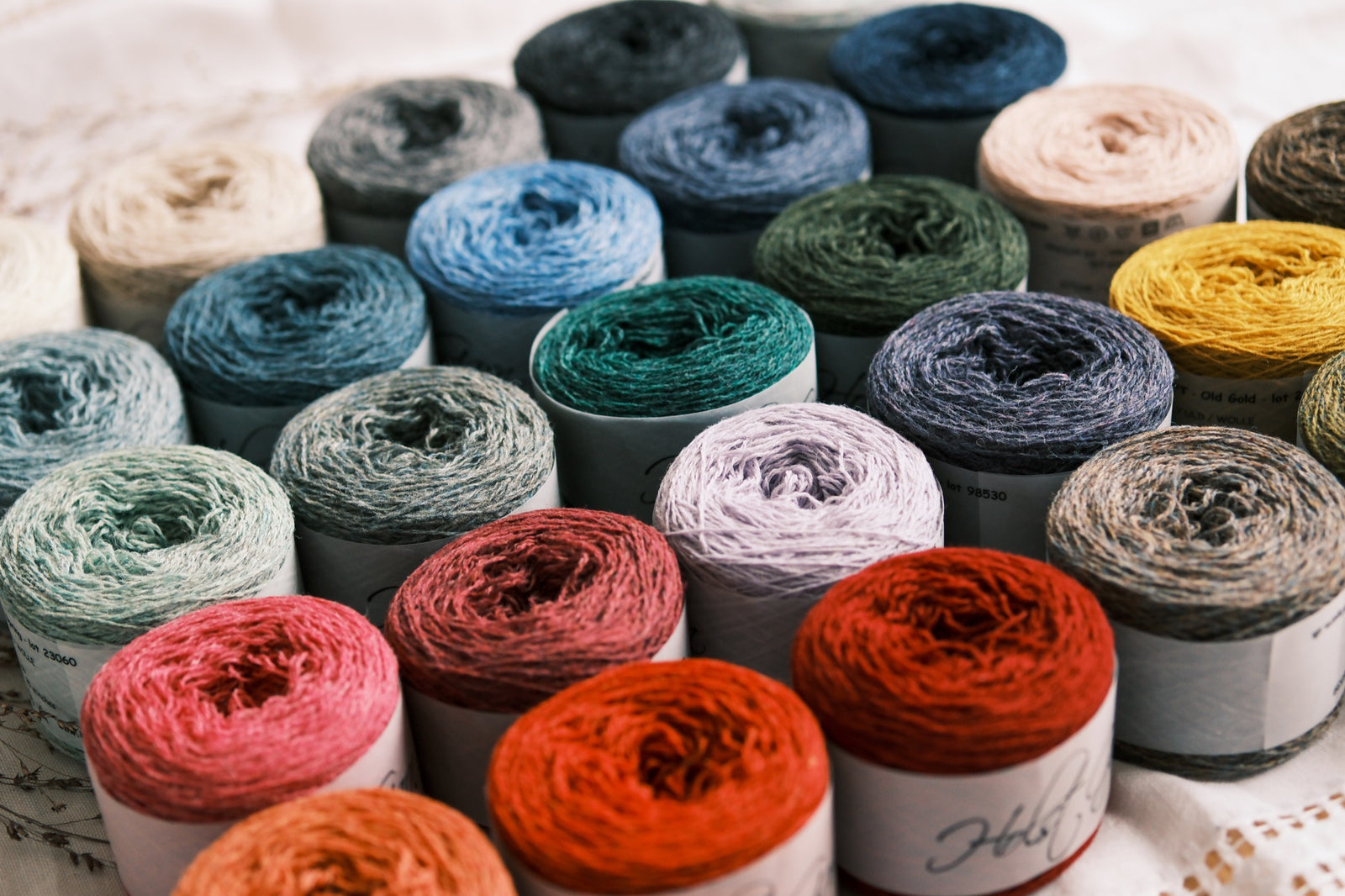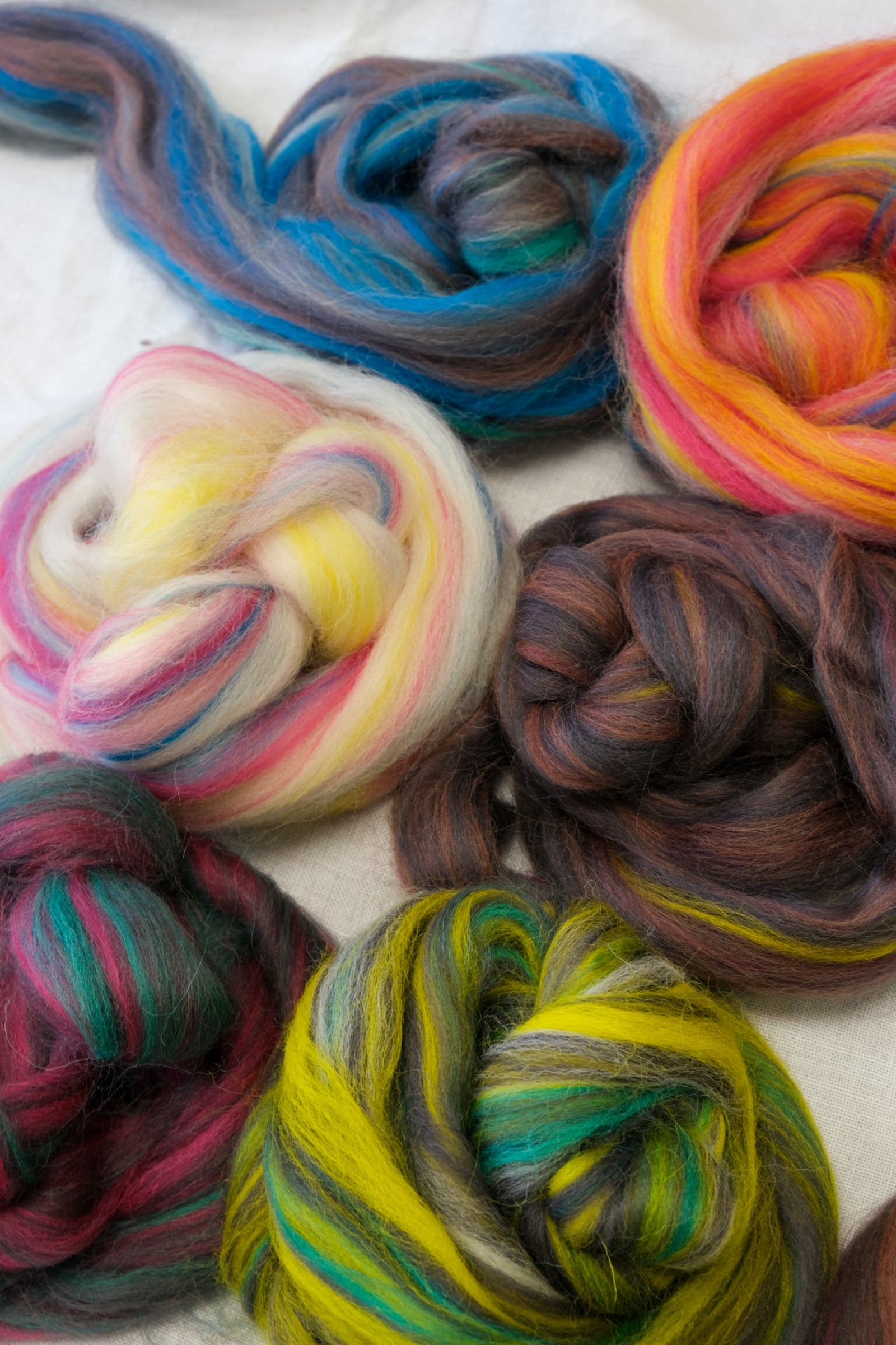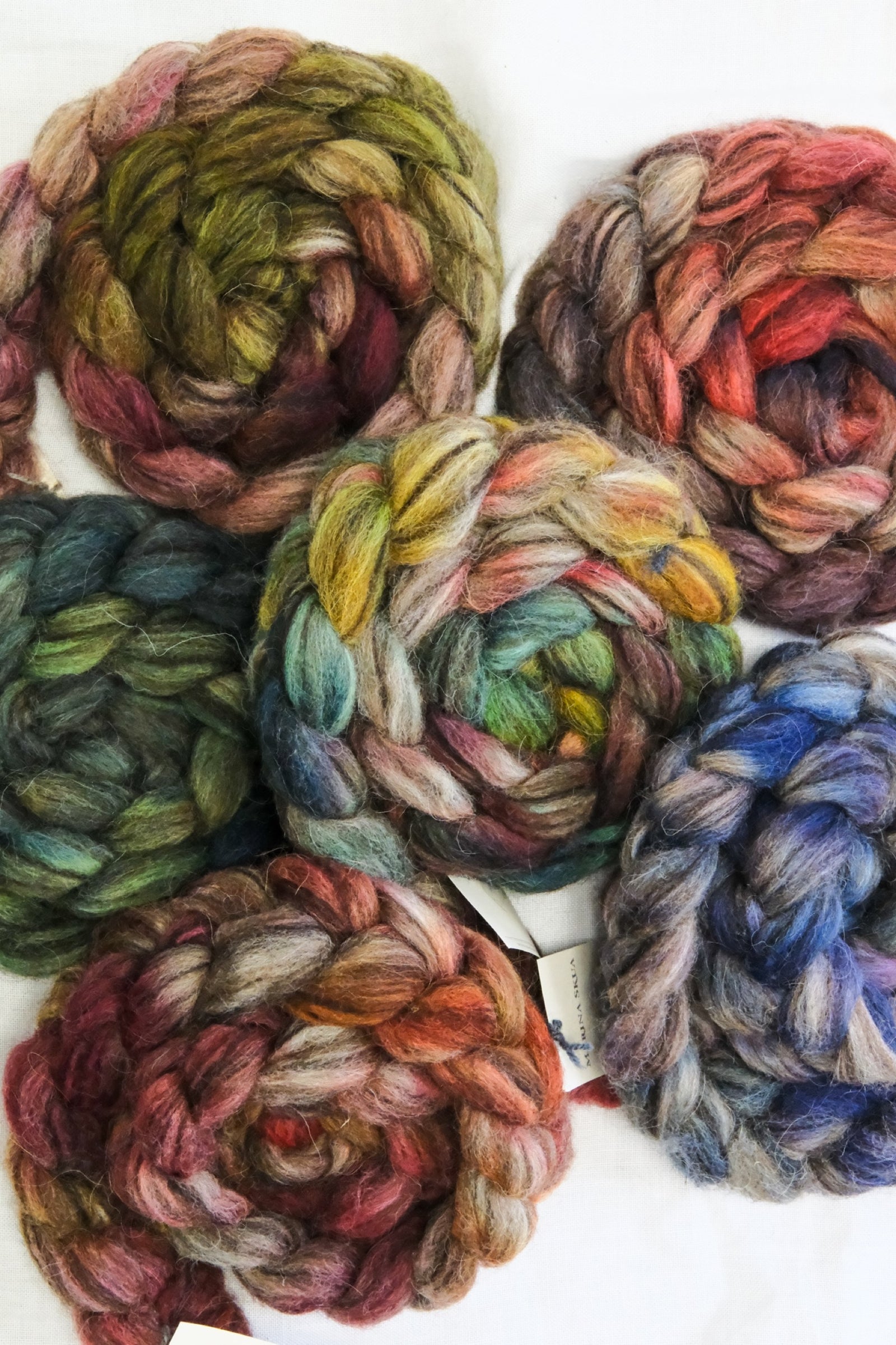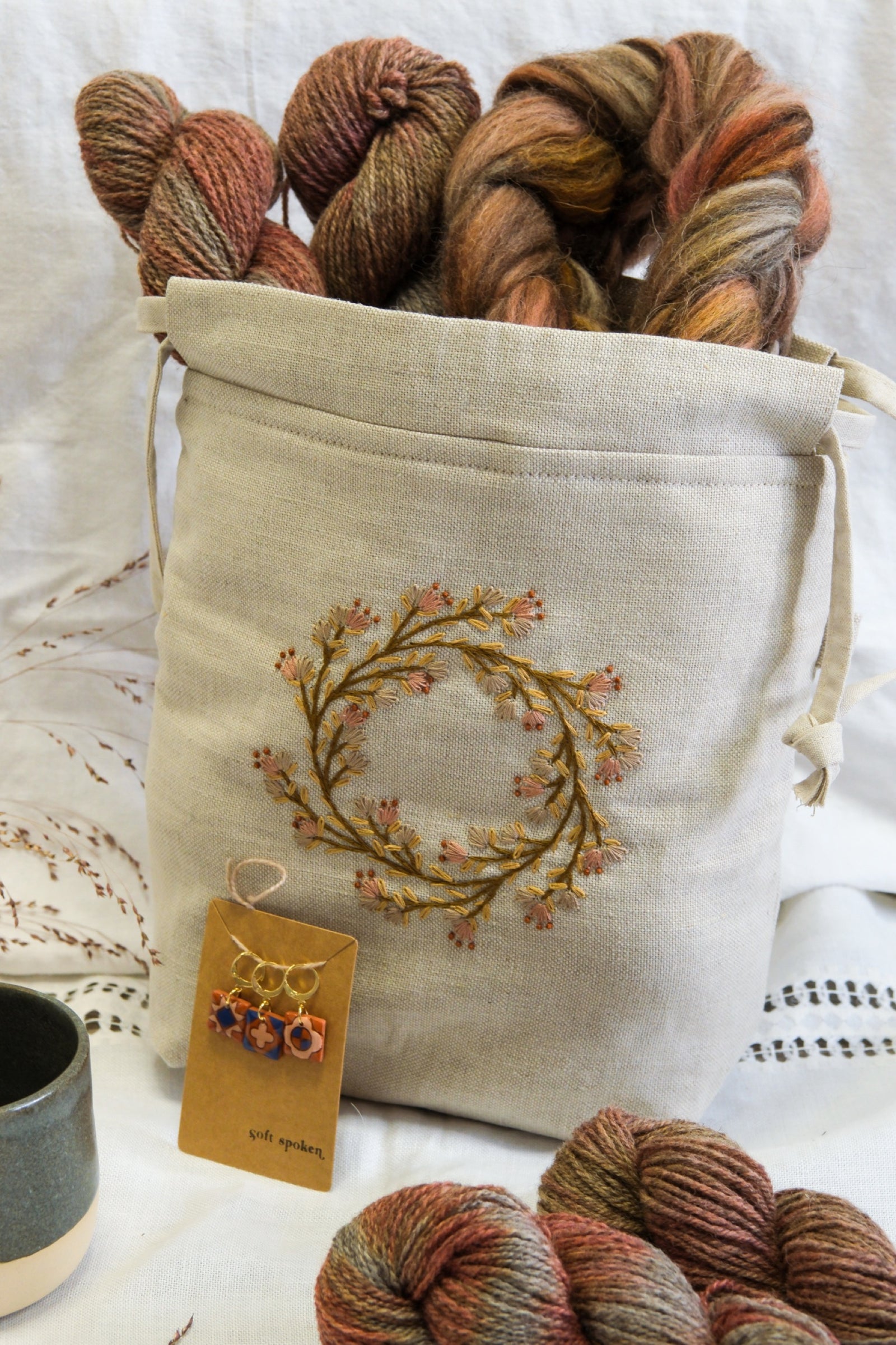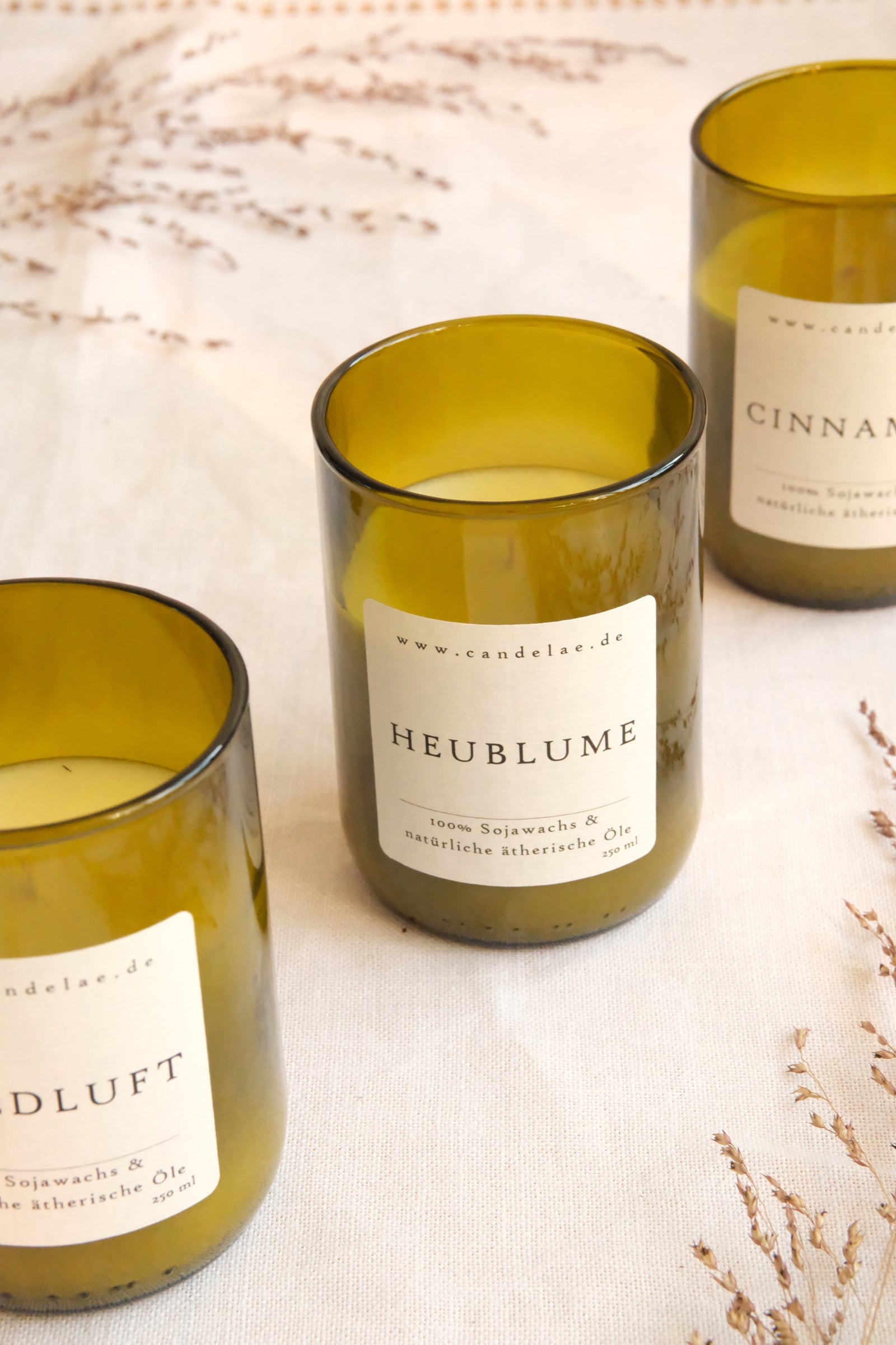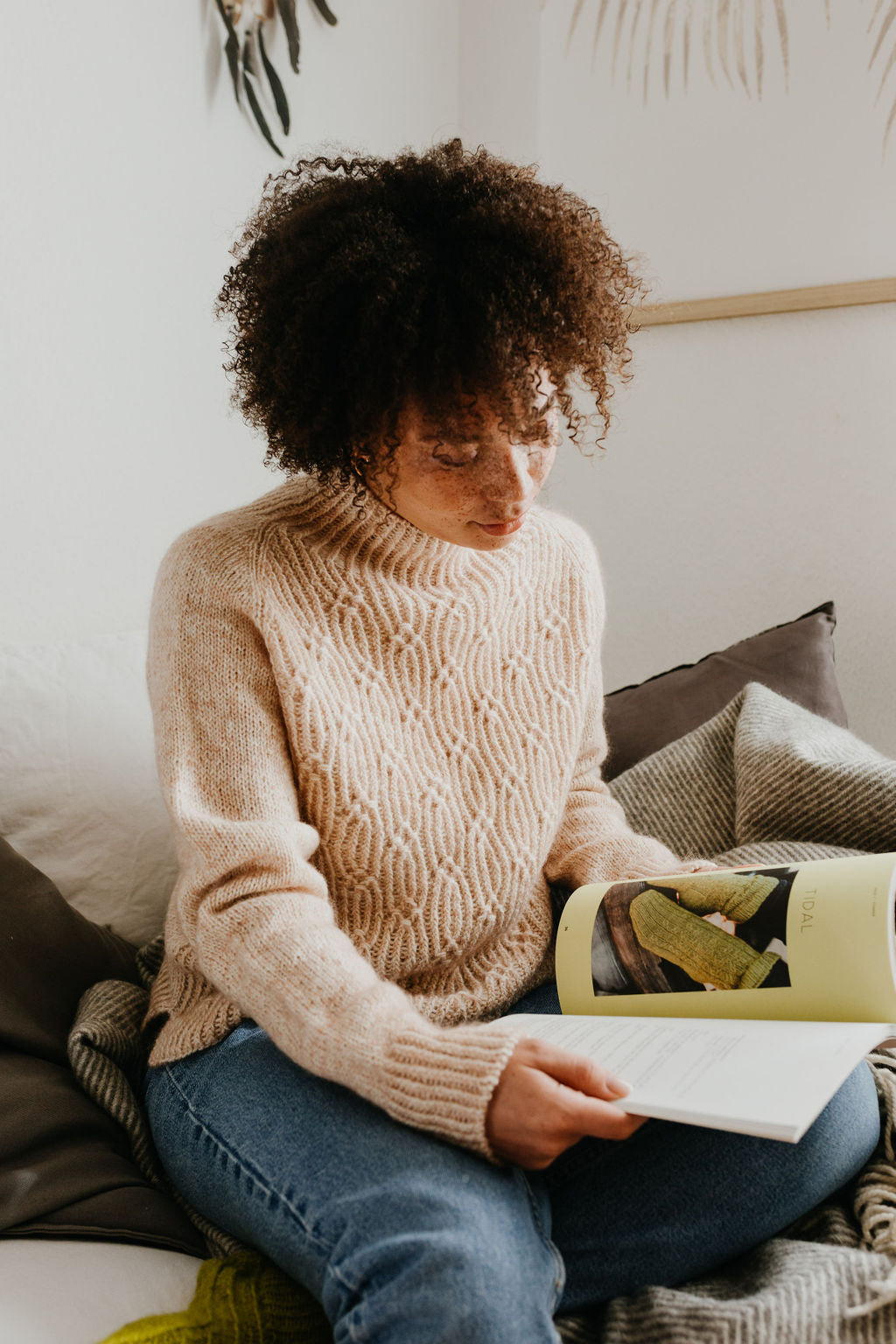As of April 1, Making Stories is closed. Thank you for your support all these years!
As of April 1, Making Stories is closed. Thank you for your support all these years!
Spinning Fiber
Notions & Gifts
Books, Magazines & Patterns
About Us
We're here to help you stitch sustainability into every aspect of your making.
With our carefully curated selection of non-superwash, plastic-free yarns and notions, we have everything you need to get started on your next project - and the one after that.
Here's to a wardrobe of knits we love and want to wear for years to come!
We're here to help you stitch sustainability into every aspect of your making.
With our carefully curated selection of non-superwash, plastic-free yarns and notions, we have everything you need to get started on your next project - and the one after that.
Here's to a wardrobe of knits we love and want to wear for years to come!

Our Sustainability Pledge

Our Blog
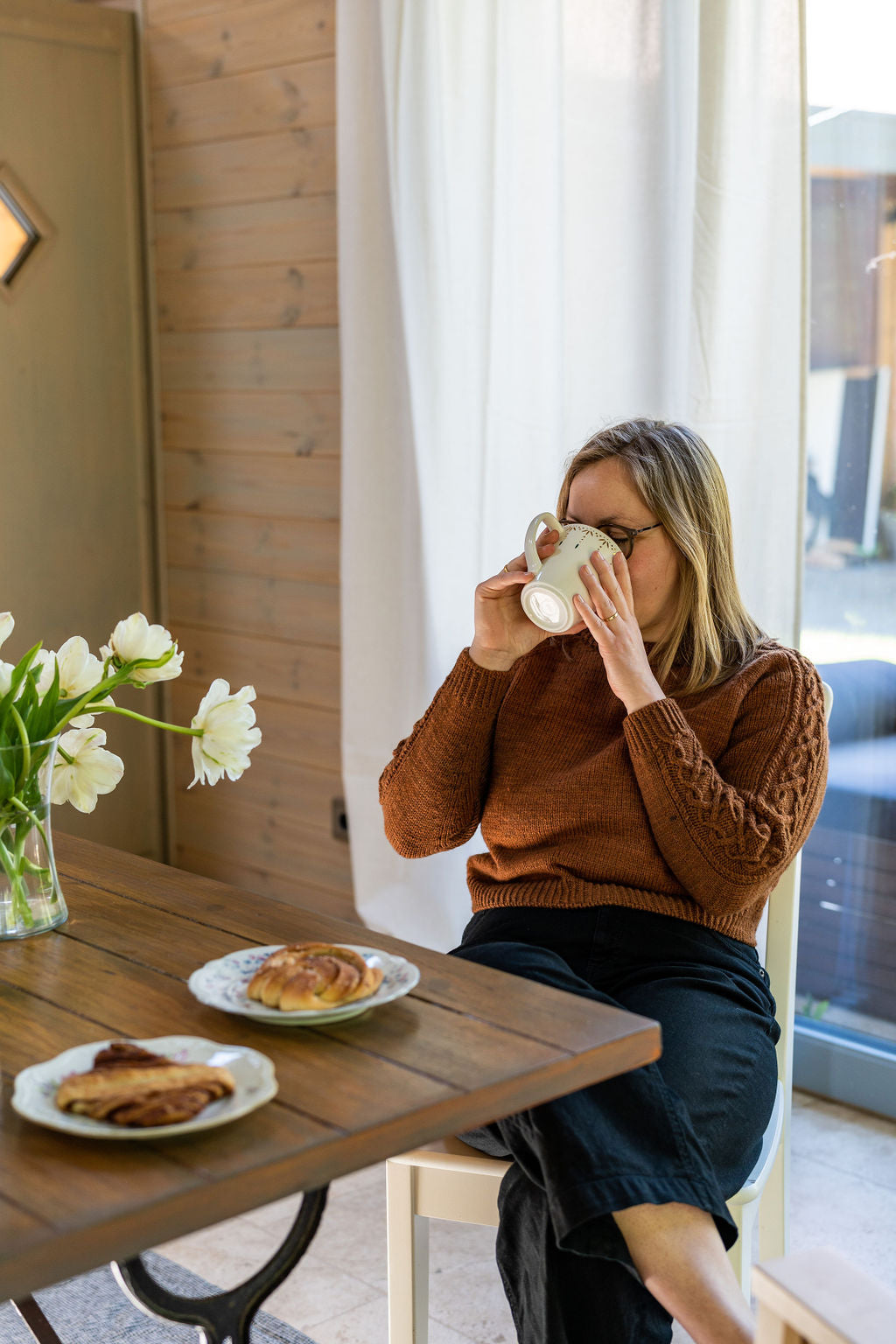
Our Podcast
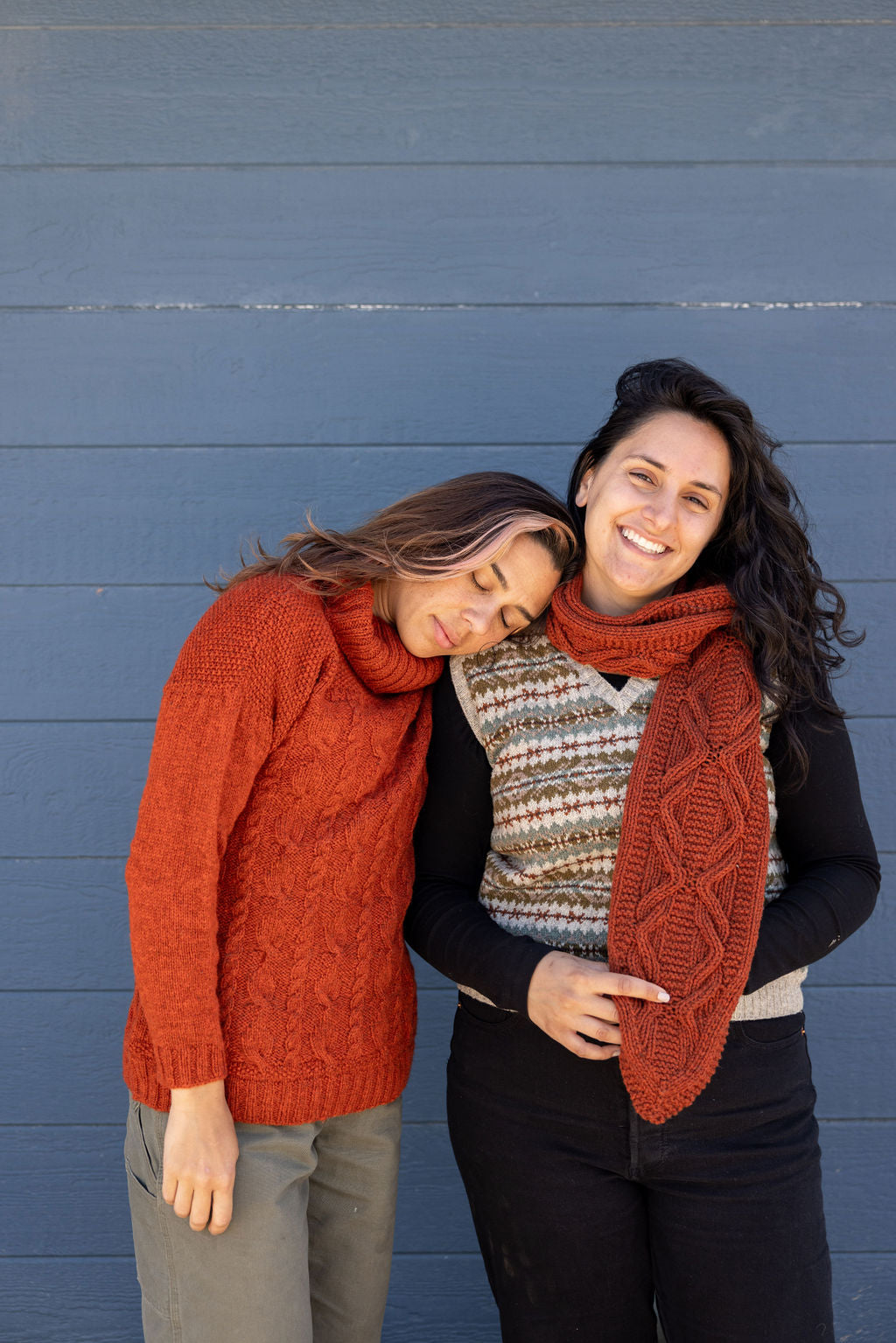
The Making Stories Collective
What Is A Fibershed?
October 14, 2020 4 min read

Back in 2015, way before Making Stories was even a thought on the horizon, I went into a yarn shop in San Francisco where I was visiting my partner and, looking for something that was locally made, picked up a cake of Twirl Yarn. It was one of the most gorgeous yarns that I had ever seen, and it sat in my stash for a good long while (it takes time to find the right project for a precious skein, am I right?) before I eventually transformed it into one a hat. When picked the yarn up to start that project, I took a closer look at the ballband and discovered that Twirl Yarn was part of the Californian Fibershed. Fibershed? Sounded very intriguing, but I had no idea what it was!
It's an absolutely fascinating concept and one that goes very much in line with our strive towards more sustainability in our knitting and making life, so we decided that a short blog post exploring what a fibershed is was in order! You might encounter this term on ballbands, as I did, or when you're looking for yarns or farms that are local to you and active in the fiber space.
What is a fibershed?
A fibershed is a strategic geography, similar to a watershed which describes the area where streams and rivers drain into a larger body of water, or a foodshed which is a term that is used for the geographic region which produces the food for a particular population. Transferred to fiber, a 'fibershed' is a geographic region and its network of fiber flows that connect farmers, fiber producers, processers, and consumers. I like to think of it as an 'end-to-end' concept - from farm to yarn to body to compost - interlinked with geographic boundaries, meaning that all the materials and processing steps for a certain product consumed under this 'end-to-end' concept stem from within the same region.
It also implies that a fibershed is regenerative, i.e. that the consumer products produced in a fibershed can (and should) be composted and fed back into the fibershed cycle as nutrients for the farmland. This is beautifully illustrated here:

The term 'fibershed' was first coined by Rebecca Burgess, who back in 2010 embarked on a wardrobe challenge where she wanted to develop and wear aa wardrobe where all materials and processes didn't come from farther away than 150 miles from the Fibershed headquarters. This first project turned into the nonprofit organization Fibershed, which I highly recommend to check out! They have a beautiful blog and host the directory of the Northern Californian fibershed on their website.
This is how Fibershed describes the connection between fibersheds and sustainability:
As each Fibershed community manages their resources to create permanent and lasting systems of production, these efforts to take full responsibility for a garment's lifecycle will diminish pressure on highly polluted and ecologically undermined areas of the world. [...] Future Fibershed communities will rely upon renewable energy powered mills that will exist in close proximity to where the fibers are grown. Through strategic grazing, conservation tillage, and a host of scientifically vetted soil carbon enhancing practices, our supply chains will create 'climate beneficial' clothing that will become the new standard in a world looking to rapidly mitigate the effects of climate change.

How does a fibershed relate to knitting?
The concept of fibershed takes the concept of local yarn that we explored a while back one (or several) steps further: A 'fibershed yarn' is one where all process steps, from the growing of the fleece to spinning, dyeing and selling it, take place within a specific geographic area. If you as the knitter are part of that geographic area, you're also part of that fibershed when you knit with such a yarn!
But fret not: It's actually very rare that a yarn is a full fibershed yarn. Most regions don't have all of the processing facilities or not to the extent that would be necessary to do produce a soil-to-soil fibershed yarn. It's still fun, I think, to imagine our role as knitters in this cycle, isn't it?
Where can I find more fibersheds?
What you can do if you're curious about fibersheds is to explore yarns that are associated with a local fibershed, even if it's not your own:
-
Fibershed has an affiliate directory, cataloguing all fibersheds associated with the Fibershed nonprofit. I definitely recommend checking that map out if you're looking for the closest fibershed to your home!
-
For the Northern Californian fibershed specifically, Fibershed provides an excellent producer directory and an associated marketplace.
-
For the UK, the South West England fibershed has a similar producer directory, which features quite a few farms and yarn producers! I also highly recommend this interview with the South West England fibershed founder Emma Hague.
-
For Canada, ash alberg created 'from field to skin', a project exploring Canada's fibershed community through a podcast, directory, and patterns specifically designed for fibershed yarns.
Those are just a few of the fibersheds that are out there though!
Do you happen to know of a local one you're part of or have bought yarn from a producer that's part of their local fibershed? I'd love to hear about it and your experience with this concept so far!
Leave a comment
Comments will be approved before showing up.
Also in Blog

Issue 13 – Confetti & Rainbows | Official Pattern Preview
February 12, 2025 13 min read
Hi lovelies! The sun is out here in Berlin, and what better day to talk about one of the most joyful issues we've ever done than a brilliant sunny winter day – meet Issue 13, Confetti & Rainbows!
In Issue 13 – our Spring 2025 Issue – we want to play! Confetti and rainbows, unusually and unconventionally interpreted in 12 new knitwear designs – a journey through color, shapes, texture and materials.
Confetti made out of dried flowers, collected over months from bouquets and the road side. Sparkly rainbows, light reflecting. Gentle textures and shapes, echoing the different forms confetti can take. An unexpected rainbow around the corner, on a brick wall, painted in broad strokes.
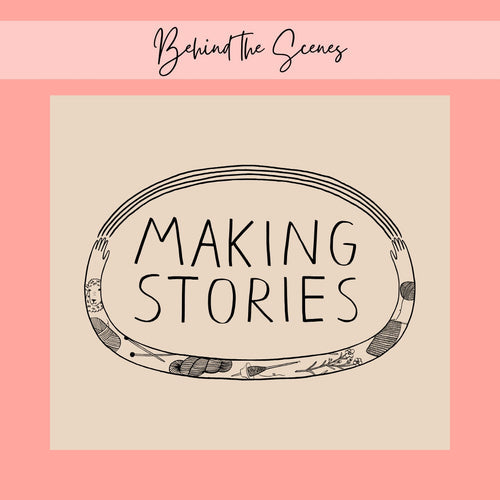
New Look, Same Heart: The Story Behind Our Delightful Rebrand
January 16, 2025 4 min read 1 Comment
Hi lovelies! I am back today with a wonderful behind-the-scenes interview with Caroline Frett, a super talented illustrator from Berlin, who is the heart and and hands behind the new look we've been sporting for a little while.
Caro also has a shop for her delightfully cheeky and (sometimes brutally) honest T-Shirts, postcards, and mugs. (I am particularly fond of this T-Shirt and this postcard!)
I am so excited Caro agreed to an interview to share her thoughts and work process, and what she especially loves about our rebrand!
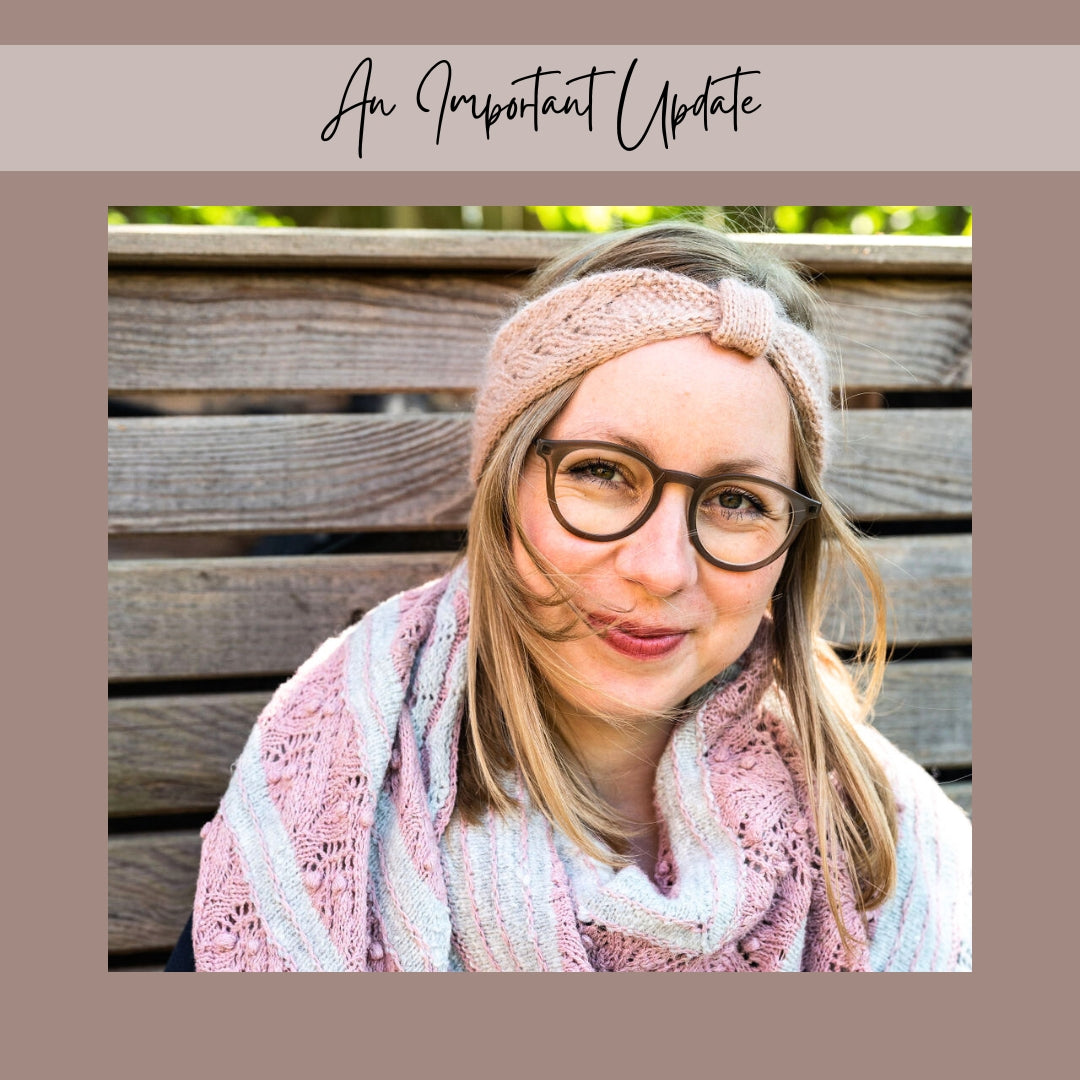
Thoughts on closing down a knitting magazine
November 19, 2024 12 min read 1 Comment
Who Is Making Stories?
We're a delightfully tiny team dedicated to all things sustainability in knitting. With our online shop filled with responsibly produced yarns, notions and patterns we're here to help you create a wardrobe filled with knits you'll love and wear for years to come.
Are you part of the flock yet?
Sign up to our weekly newsletter to get the latest yarn news and pattern inspiration!

